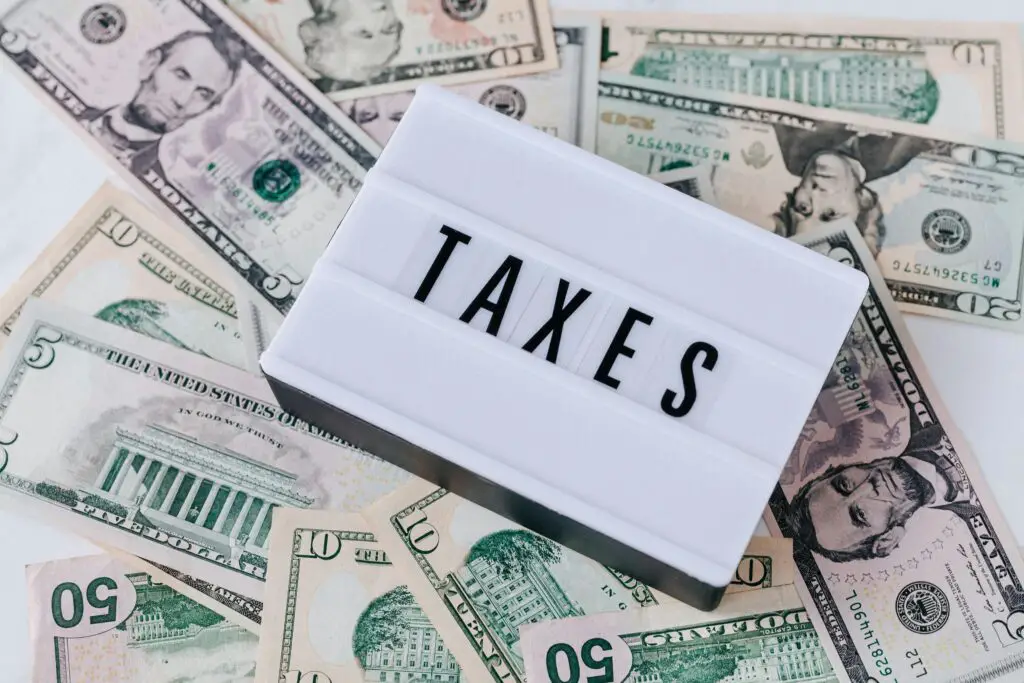As cryptocurrency adoption surges, tax authorities in the USA and Canada are tightening regulations to ensure compliance. By 2025, crypto investors must navigate evolving tax landscapes to optimize returns and avoid penalties. This guide breaks down key strategies, regulatory updates, and compliance tips tailored for investors in both countries.
Why 2025 Demands Proactive Tax Planning
The IRS and Canada Revenue Agency (CRA) are intensifying enforcement with advanced tracking tools and stricter reporting mandates. New legislation, such as the USA’s Infrastructure Investment and Jobs Act (2021) and Canada’s Crypto Asset Reporting Framework (CARF), will be fully operational by 2025, requiring detailed disclosure of crypto transactions. Proactive planning is no longer optional—it’s essential.
USA Crypto Tax Strategies for 2025
1. Capital Gains Optimization
- Hold for Long-Term Gains: Assets held over 12 months qualify for lower tax rates (0–20% vs. short-term rates up to 37%).
- Tax-Loss Harvesting: Offset gains by selling underperforming assets. Note: The IRS may expand wash sale rules to crypto by 2025—monitor updates.
2. Leverage Tax-Advantaged Accounts
- Self-Directed IRAs: Defer taxes by holding crypto in IRAs. Roth IRAs allow tax-free growth.
- Charitable Donations: Donate appreciated crypto to charities to avoid capital gains and claim deductions.
3. Track Every Transaction
- Use Crypto Tax Software: Tools like CoinTracker or Koinly automate IRS Form 8949 and Schedule D preparation.
- Report All Income: Include staking rewards, airdrops, and DeFi yields as taxable income.
4. Stay Ahead of Regulatory Shifts
- Stablecoin Reporting: New rules may require issuers to report transactions over $10,000.
- NFT Taxation: IRS guidance expected in 2025—classifications (collectibles vs. capital assets) could impact rates.
Canada Crypto Tax Strategies for 2025
1. Understand Business vs. Investment Income
- Trading Frequency: Frequent traders may be deemed “businesses,” subject to higher tax rates.
- Mining/Staking: Classified as business income if operational; otherwise, as capital gains.
2. Leverage Tax-Free Savings Accounts (TFSAs)
- Crypto ETFs: Hold Bitcoin or Ethereum ETFs in TFSAs for tax-free growth (individual crypto holdings are prohibited).
3. Superficial Loss Rules
- Avoid repurchasing the same asset within 30 days of a sale to claim losses.
4. Comply with CARF
- Foreign Asset Reporting: Report offshore crypto holdings via Form T1135 if exceeding CAD $100,000.
Cross-Border Considerations
- Tax Treaties: Avoid double taxation using the USA-Canada treaty.
- Residency Status: Determine tax obligations based on physical presence or citizenship (USA) vs. residency (Canada).
Common Mistakes to Avoid
- Ignoring Small Transactions: Every trade, including micro-transactions, is taxable.
- Miscalculating Cost Basis: Use FIFO or specific identification methods consistently.
- Overlooking DeFi/NFTs: Yield farming, liquidity pool exits, and NFT sales are taxable events.
2025 Regulatory Updates to Watch
- USA: Potential expansion of Form 1099-B reporting to decentralized exchanges (DEXs).
- Canada: Stricter penalties for non-compliance under CARF, including audits of crypto wallets.
Tools & Resources
- Software: Koinly (Canada), CoinLedger (USA), or Crypto.com Tax.
- Record-Keeping: Maintain logs of dates, amounts, wallet addresses, and transaction purposes.
Conclusion: Stay Compliant, Maximize Returns
The 2025 tax landscape demands meticulous planning and awareness of jurisdictional nuances. By leveraging tax-advantaged accounts, harvesting losses, and using automation tools, investors can minimize liabilities while staying compliant. Always consult a tax professional to navigate complex scenarios.

